TechPlus+ | Technology & Development Redux
-
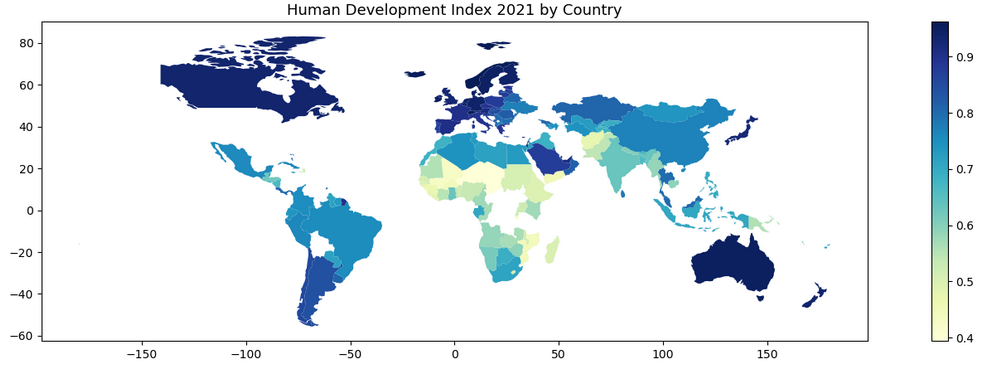
Data Analysis with ChatGPT
Read more: Data Analysis with ChatGPTA few days ago, OpenAI launched its Code Interpreter, capable of handling Python programming chores. The interpreter can read files uploaded by users, perform tasks described in the input prompts and, if requested, allow downloads of outputs produced. One can also see the code the platform, uses and download for local replication and improvement. Files…
-

Are LLMs Fully Multilingual?
Read more: Are LLMs Fully Multilingual?When I started playing with ChatGPT in December of last year, I was pleasantly surprised to discover that it could handle multiple languages. Needless to say, the LLM can handle translation from and into numerous languages. But it can also take non-English prompts and provide responses in the original query language. A recent test comparing…
-
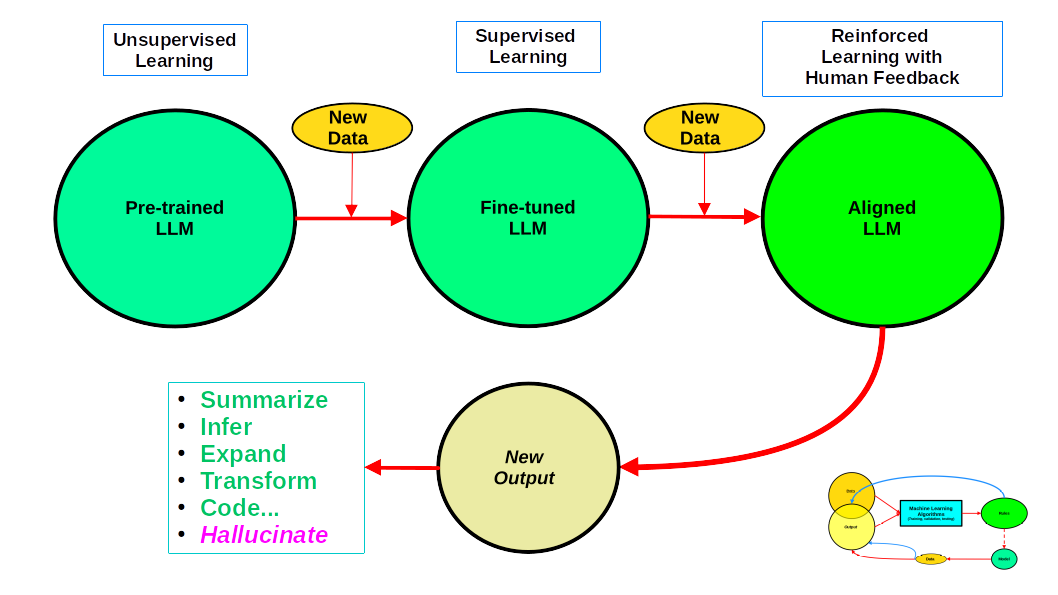
More on AI Programming
Read more: More on AI ProgrammingIn the coldhearted realm of disinformation, deepfakes seem to reign supreme, bullying all others around along the way. The fact that they have multiple personalities makes them even more insidious. Voice, text, images, and video content are among the most common, with combinations among them a frequent occurrence. Lip-syncing the voice of a targeted person…
-

AI and Open Source – II
Read more: AI and Open Source – IILinux Freedom I first heard about Linux a couple of months after returning from the 1992 UN Earth Summit in Rio de Janeiro. I was working part-time as a Research Associate at one of my college’s social research centers while doing consulting on my own, which led to the Rio trip. The academic job guaranteed…
-
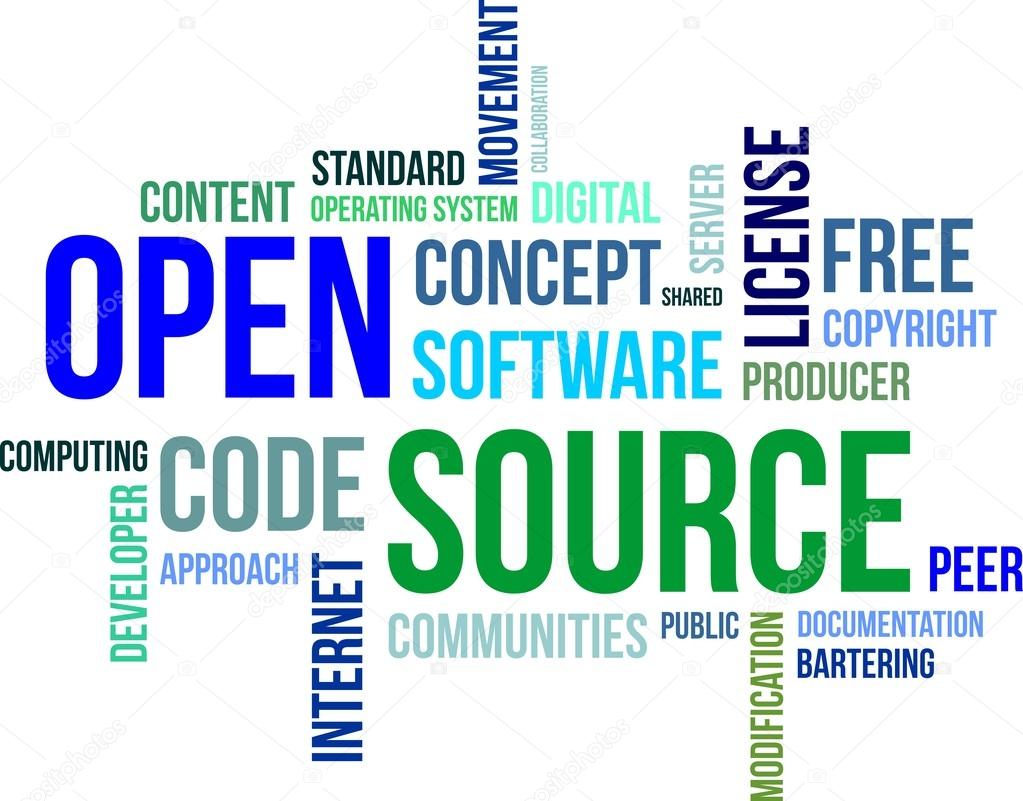
AI and Open Source – I
Read more: AI and Open Source – IBy all accounts, the ChatGPT “revolution” has triggered a well-deserved resurgence of Free/Open Source software (FOSS) that, some argue, will allegedly challenge the dominance of Big Tech over LLMs. While I disagree with such a prediction, I think FOSS can still play a vital role, as it did over 20 years ago, when facing the…
-

ChatGPT Productivity and Hallucinations Mix
Read more: ChatGPT Productivity and Hallucinations MixUndoubtedly, ChatGPT has taken the world by storm. Few will dare deny such a non-violent takeover. And, as expected, the now familiar digital innovation hype factory is holding yet another massive and seemingly endless ball, including reluctant doomsayers. OpenAI’s March ChatGPT API release added fuel to the hype bonfire by opening the door for developers…
-

Internet Metaphors in Practice – II
Read more: Internet Metaphors in Practice – IIA couple of years later, I installed our first Wi-Fi router, allowing us to connect our laptops to the network from almost any point in the house. But wireless connection speeds were limited to 11 Mbps while the good old ethernet wire could do 100 Mbps. Not even close. Wired connections were not only faster…
-
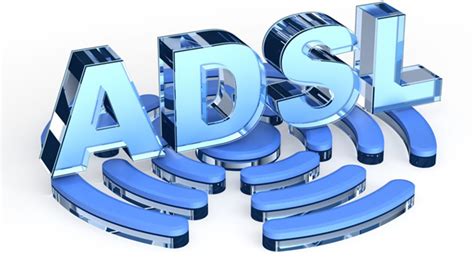
Internet Metaphors in Practice – I
Read more: Internet Metaphors in Practice – IThe first time I ever bought something over the Internet was in 1994. And it was not from Amazon, but from a now long-gone company called CDNow. As its name suggests, its core business was selling CDs online. Interestingly, one could also access the site via telnet which was not very user-friendly, certainly not for…
-
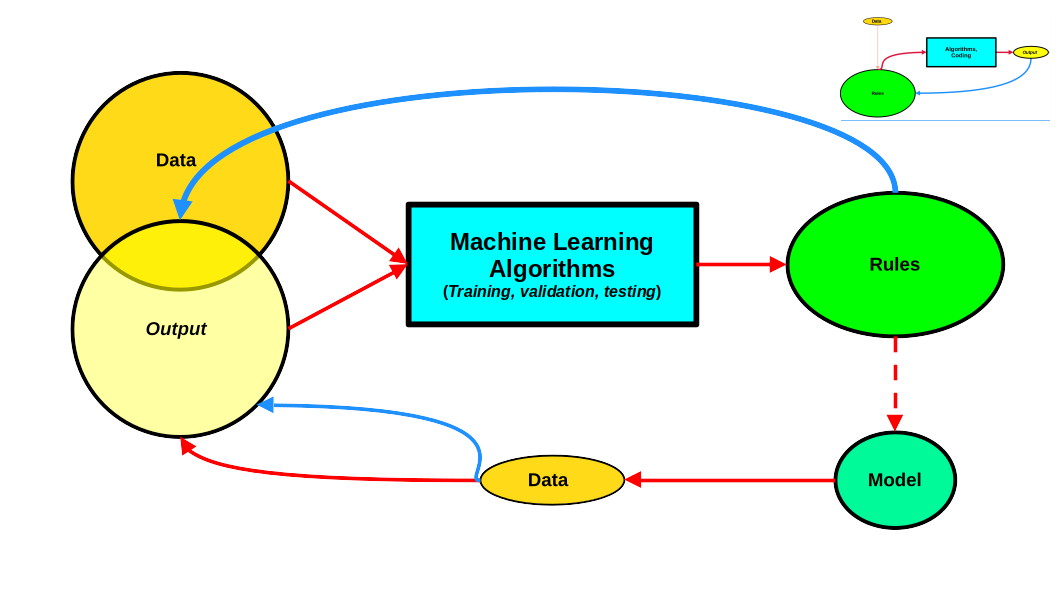
Programming – Yesterday, Today and Tomorrow (maybe) – II
Read more: Programming – Yesterday, Today and Tomorrow (maybe) – IIToday Expert systems, an integral part of AI, are one of the best examples of rules-based programming. The core idea is to have a computer system that can provide the same depth of knowledge as top-notch human experts on a field-by-field basis. In theory, I should be able to build one of those beasts for…
-
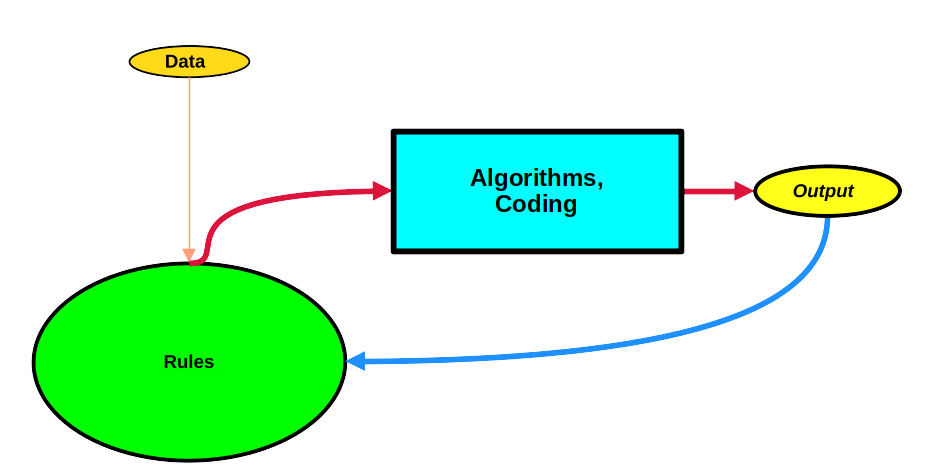
Programming – Yesterday, Today and Tomorrow (maybe) – I
Read more: Programming – Yesterday, Today and Tomorrow (maybe) – IYesterday I accidentally learned how to master computer programming. I was finishing high school and faced the daunting decision of choosing a study field. As my father was an engineer, I leaned toward the same area. However, my passion for music dominated my then-minimalistic environment. I was thus more inclined to go for electronic engineering—not…
-
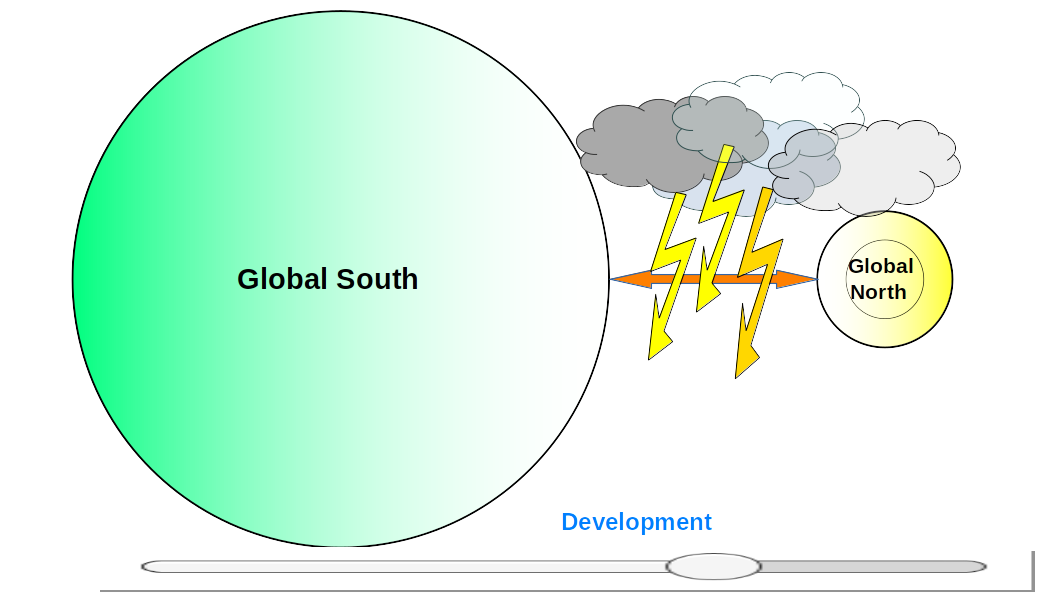
The Dynamics of Global Development, South and North
Read more: The Dynamics of Global Development, South and NorthThe Development of Development In its beginnings, unmovable numeric rankings permeated the always slippery and bumpy development racetrack. Stuck in first place were a selected group of countries labeled as developed, even though many were still rebuilding their economies after the bloody World War II that killed 3 percent of the world’s total population. Led…
-

The Real Structures Sustaining the Cyberspace Imaginary – II
Read more: The Real Structures Sustaining the Cyberspace Imaginary – IIHistory Matters Following the historical evolution of the Internet and Cyberspace sheds light on the origins of the “superhighway” and “virtual” metaphors, depicted in the first part of this post. Useful summaries from a pure infrastructural perspective are available from the NFS and UCSD, the latter furnishing cool schematic diagrams of the overall network architecture.…
-

The Real Structures Sustaining the Cyberspace Imaginary – I
Read more: The Real Structures Sustaining the Cyberspace Imaginary – IRecreating the Imaginary If I were to ask another human being (not ChatGPT) for directions to Cyberspace, most would probably think I was joking. Others might consider me an imbecile or conclude I must be flying high on drugs. Finally, a selected few might quickly flash their super smartphones and try to explain in the…
-
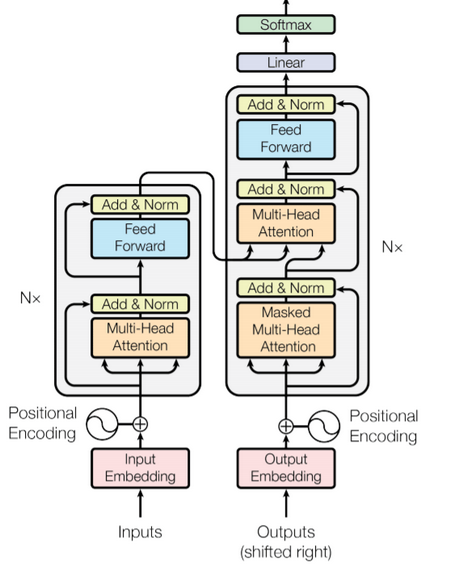
AI’s Seemingly Elusive Infrastructure – II
Read more: AI’s Seemingly Elusive Infrastructure – IIUndoubtedly, the infrastructure requirements for producing the 2020 175-billion-parameter GPT-3 model are hefty by most standards. But, of course, that just means that competitors now striving to generate their own creatures in the same genre must have access to similar infrastructure—not to mention talent. And we can count their number with our fingers; sophisticated data…
-
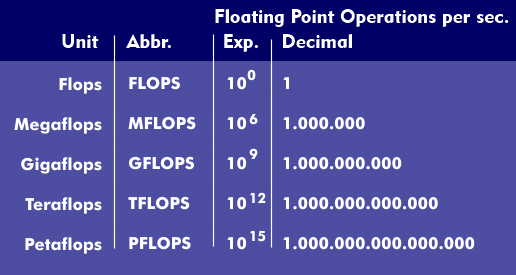
AI’s Seemingly Elusive Infrastructure – I
Read more: AI’s Seemingly Elusive Infrastructure – IChatGPT’s sudden, and arguably premature, success has once again exposed the usually overlooked link between so-called “virtual” digital technologies and very tangible infrastructure. Indeed, early adopters of the latest incarnation of GTP-3-based bots directly experienced repeated network and login failures. That happened a few times in December when I started playing with the newly launched…